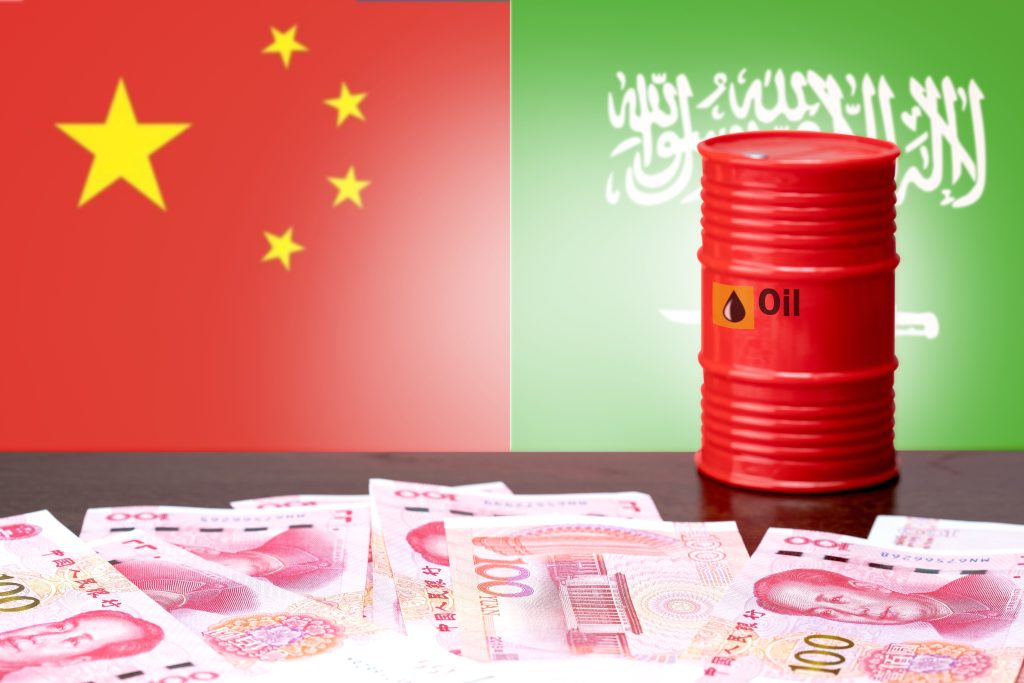Saudi Arabia is seeing a surge in Chinese exports and investments, especially in green technology, marking a shift from a relationship primarily centered on oil. This shift challenges the kingdom’s traditional economic ties with Western nations.
Traditionally dominated by oil trade, Chinese exports to Saudi Arabia reached $40.2 billion in the first ten months, surpassing last year’s $34.9 billion. China has emerged as the leading source of greenfield foreign direct investment in Saudi Arabia, totaling $21.6 billion since 2021, with significant investments in clean technologies.
This shift signifies China’s growing role, outpacing the US and France as key investment partners. Many Chinese deals are still pending official recognition in Saudi statistics.
Camille Lons, an expert on China-Middle East relations, notes Saudi Arabia’s strategic move towards China to reduce dependency on the US. This evolving relationship could complicate US-Saudi interactions, particularly if the US fails to meet Saudi expectations in security and technology cooperation.
The growing economic collaboration results from high-level diplomatic engagements, such as Chinese President Xi Jinping’s visit to Riyadh and Beijing’s role in restoring Saudi-Iran relations.
For China, enhancing trade with Saudi Arabia is crucial to expanding its influence beyond the US and Europe. Meanwhile, Saudi Crown Prince Mohammed bin Salman sees Chinese investment as essential for his Vision 2030, aiming for economic diversification and global prominence.
Saudi Arabia maintains a careful balance with the US, its key military ally, limiting sensitive trade with China. However, energy trade and Chinese investments in Saudi renewables are expanding. UBS projects $432 billion in additional annual energy trade between the Middle East and China by 2030.
Recent deals, including Saudi Aramco’s partnerships with Chinese petrochemical groups and plans for clean tech manufacturing, highlight the deepening ties. Saudi-backed initiatives, such as a special economic zone at King Salman International Airport, aim to localize Chinese manufacturing.
Efforts to integrate financial systems include China approving ETFs tracking the FTSE Saudi Arabia Index, and Saudi Arabia allowing ETFs for Hong Kong-listed Chinese stocks. Additionally, Saudi Arabia’s PIF signed $50 billion worth of agreements with major Chinese banks, and China chose Saudi Arabia for its first US dollar sovereign bond sale in three years.
Beijing seeks to promote the Chinese currency globally, though significant renminbi oil trading with Saudi Arabia remains distant. However, the strengthening Saudi-China relationship may eventually support the “petroyuan.”
Charles Chang from S&P suggests the partnership is poised to expand beyond oil, with China serving as a model for rapid industrialization, aligning the two nations’ long-term interests.
